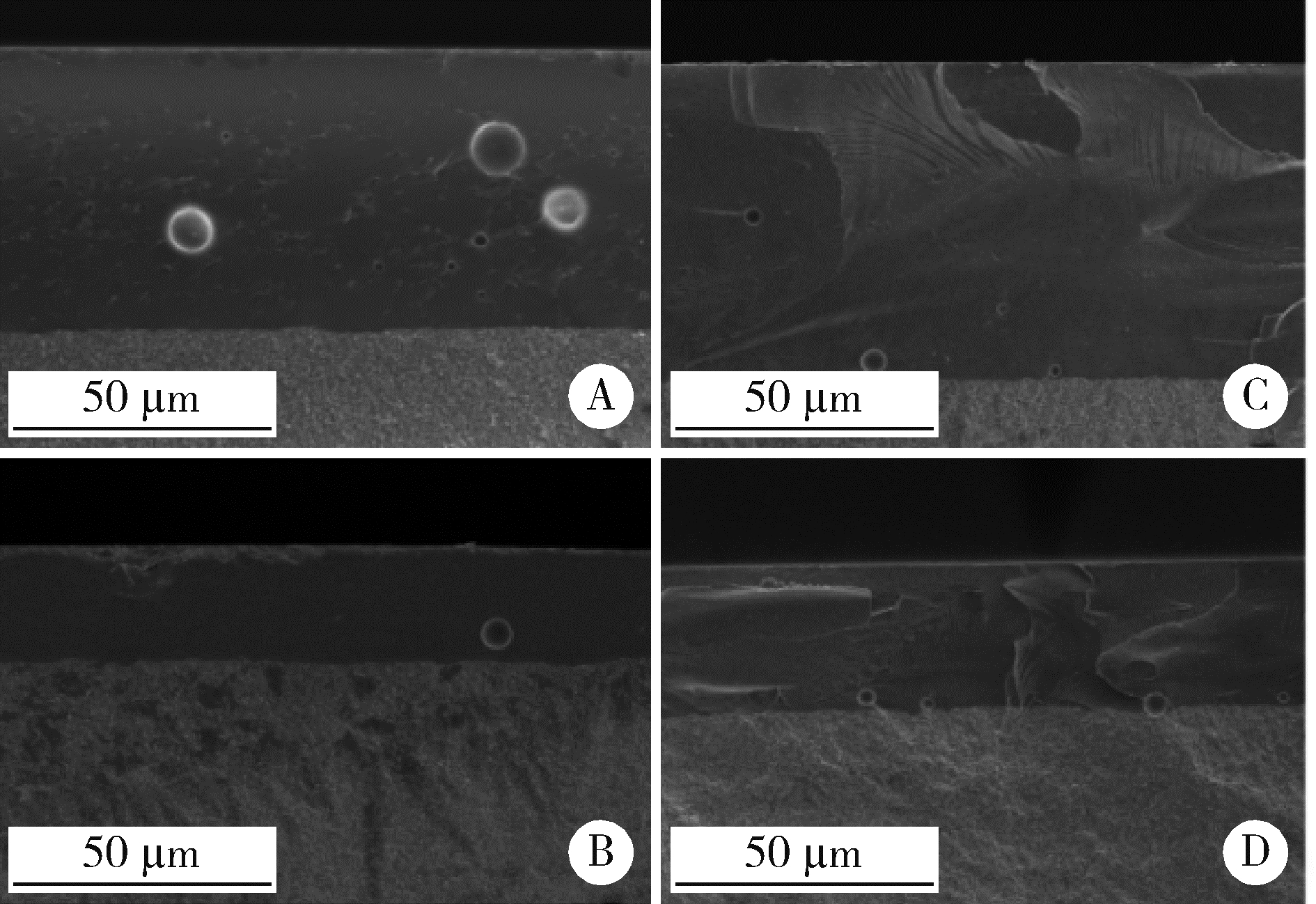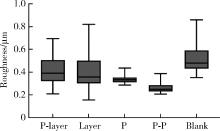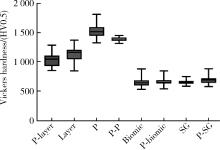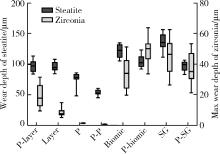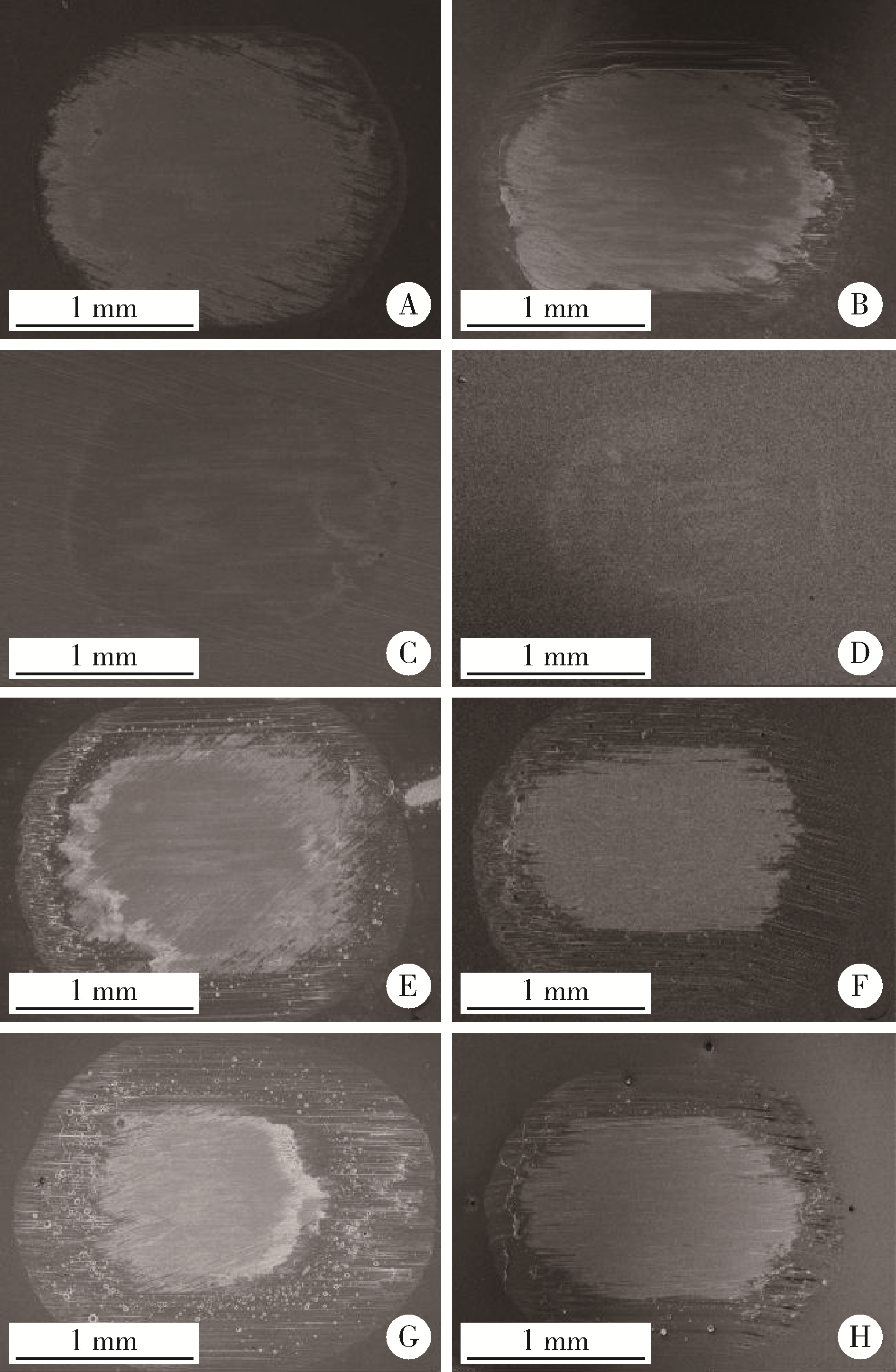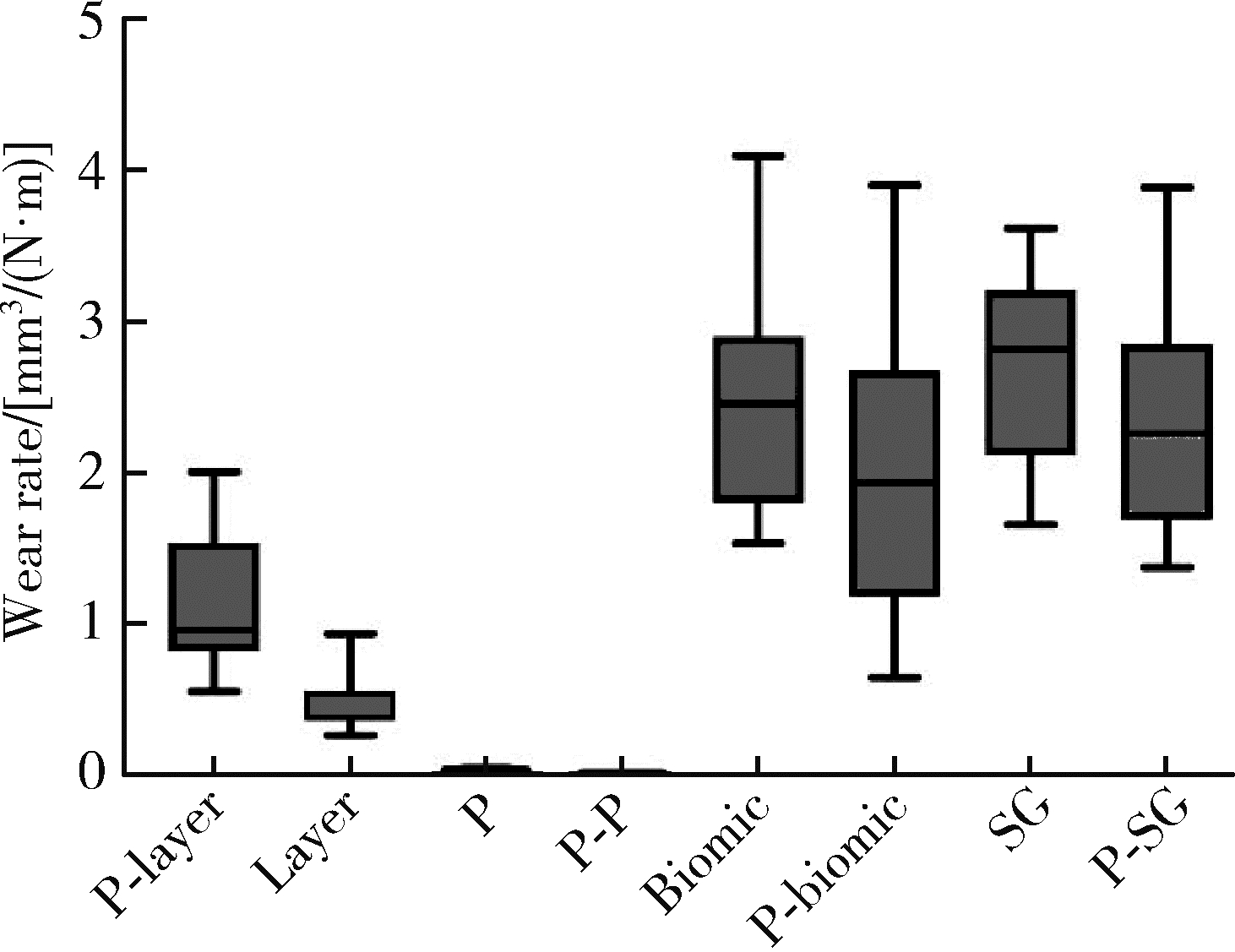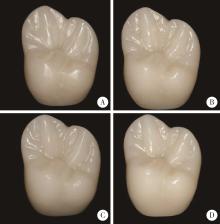Journal of Peking University (Health Sciences) ›› 2023, Vol. 55 ›› Issue (1): 94-100. doi: 10.19723/j.issn.1671-167X.2023.01.014
Previous Articles Next Articles
Research on friction and wear behaviors of silicon-lithium spray coating on zirconia ceramics
Wei-wei LI,Hu CHEN,Yong WANG,Yu-chun SUN*( )
)
- Center of Digital Dentistry, Faculty of Prosthodontics, Peking University School and Hospital of Stomatology & National Center of Stomatology & National Clinical Research Center for Oral Diseases & National Engineering Research Center of Oral Biomaterials and Digital Medical Devices & Beijing Key Laboratory of Digital Stomatology & NHC Research Center of Engineering and Technology for Computerized Dentistry, Beijing 100081, China
CLC Number:
- R781.0
| 1 | 李文晶, 李天舒, 骆雪, 等. 口腔陶瓷修复体调磨后表面处理方法研究进展[J]. 中国实用口腔科杂志, 2018, 11 (1): 57- 60. |
| 2 |
Aljomard Y , Altunok E , Kara H . Enamel wear against monolithic zirconia restorations: A meta-analysis and systematic review of in vitro studies[J]. J Esthet Restor Dent, 2022, 34 (3): 473- 489.
doi: 10.1111/jerd.12823 |
| 3 |
Gou M , Chen H , Kang J , et al. Antagonist enamel wear of tooth-supported monolithic zirconia posterior crowns in vivo: A systema-tic review[J]. J Prosthet Dent, 2019, 121 (4): 598- 603.
doi: 10.1016/j.prosdent.2018.06.005 |
| 4 |
Stawarczyk B , Özcan M , Schmutz F , et al. Two-body wear of monolithic, veneered and glazed zirconia and their corresponding enamel antagonists[J]. Acta Odontol Scand, 2013, 71 (1): 102- 112.
doi: 10.3109/00016357.2011.654248 |
| 5 |
Tang Z , Zhao X , Wang H . Quantitative analysis on the wear of monolithic zirconia crowns on antagonist teeth[J]. BMC Oral Health, 2021, 21 (1): 94.
doi: 10.1186/s12903-021-01452-z |
| 6 |
Amer R , Kürklü D , Kateeb E , et al. Three-body wear potential of dental yttrium-stabilized zirconia ceramic after grinding, polishing, and glazing treatments[J]. J Prosthet Dent, 2014, 112 (5): 1151- 1155.
doi: 10.1016/j.prosdent.2013.12.021 |
| 7 | 崔丹, 刘逵仲, 张兆钰, 等. 二氧化锆与钴铬合金修复体精细抛光后对天然牙磨耗的影响[J]. 口腔医学, 2018, 38 (1): 10- 14. |
| 8 | 胡国新, 杨瑛, 江月梅, 等. 微波烧结与常规烧结对牙科用氧化锆摩擦磨损性能的影响[J]. 华西口腔医学杂志, 2017, 35 (2): 150- 154. |
| 9 | Li H , Zhou ZR . Wear behaviour of human teeth in dry and artificial saliva conditions[J]. Wear, 2001, 249 (10/11): 980- 984. |
| 10 |
Selvaraj U , Koli DK , Jain V , et al. Evaluation of the wear of glazed and polished zirconia crowns and the opposing natural teeth: A clinical pilot study[J]. J Prosthet Dent, 2021, 126 (1): 52- 57.
doi: 10.1016/j.prosdent.2020.04.007 |
| 11 | 陈济芬, 丁宏. 抛光及上釉对氧化锆全冠与釉质间磨耗性能的影响[J]. 国际口腔医学杂志, 2016, 43 (2): 165- 167. |
| 12 |
黎敏斯, 周丽琰, 苏晓晖. 不同表面处理全解剖式氧化锆全瓷冠磨耗性能的对比研究[J]. 临床口腔医学杂志, 2018, 34 (10): 591- 594.
doi: 10.3969/j.issn.1003-1634.2018.10.005 |
| 13 | Deval P , Tembhurne J , Gangurde A , et al. A clinical comparative evaluation of the wear of enamel antagonist to monolithic zirconia and metal-ceramic crowns[J]. Int J Prosthodont, 2021, 34 (6): 744- 751. |
| 14 | Alfrisany NM , Shokati B , Tam LE , et al. Simulated occlusal adjustments and their effects on zirconia and antagonist artificial enamel[J]. J Adv Prosthodont, 2019, 11 (3): 162- 168. |
| 15 | Branco AC , Silva R , Jorge H , et al. Tribological performance of the pair human teeth vs. 3D printed zirconia: An in vitro chewing simulation study[J]. J Mech Behav Biomed Mater, 2020, 110, 103900. |
| 16 | 郑靖, 沙伟, 周仲荣. 不同年龄段天然牙的摩擦磨损行为研究[J]. 摩擦学学报, 2004, 24 (5): 471- 475. |
| [1] | Ren-tao TANG,Xin-hai LI,Jiang-li YU,Lin FENG,Xue-jun GAO. Evaluation of microtensile bond strength between resin composite and glass ceramic [J]. Journal of Peking University (Health Sciences), 2020, 52(4): 755-761. |
|
||





